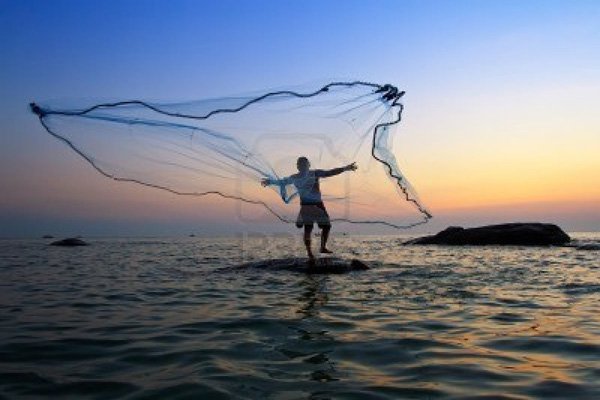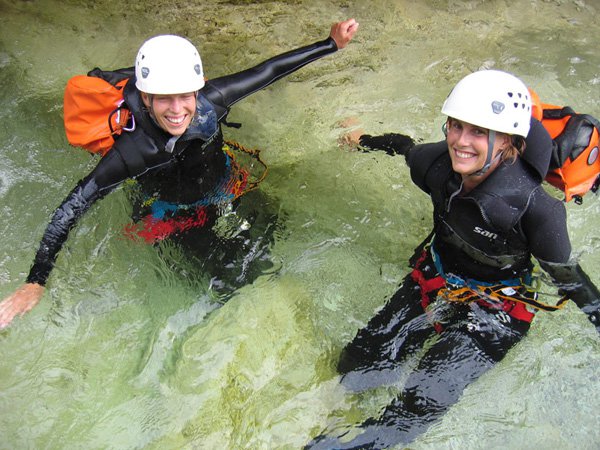
pa·tience / páysh'nss/ n 1 the ability to endure waiting, delay, or provocation without becoming annoyed or upset, or to persevere calmly when faced with difficulties.
OR, if your fishing tiger muskie,
pa·tience / páysh'nss/ n 1 the ability to prevent "sticking needles in ones eyes" while waiting hours, days and weeks for that elusive tiger muskie strike (notice it states strike versus land) or occupying oneself during said time frame, by repairing your line that broke or was snagged; re-stringing your back-up reel to a minimum of a 10 lb test line; practicing casting with the new spinning reel or baitcaster (if you are used to spin casters, this practice is essential), casting every single lure in your arsenal, or, when all else fails, force oneself to learn and/or appreciate the local flora and fauna.
Let's face it, fishing is synonymous with patience; if you don't have it, a fisherperson you will not make. However, fishing for tiger muskie elevates patience to a whole higher dimension.
Imagine the anticipation. You cast your "lucky" lure with the hope of catching the TROPHY "tiger" for the area (new world record from Idaho is 44.26 pounds). But then IT begins…IT being the arduous task of waiting and waiting and waiting for a nudge, a push, anything! And while you stoically master IT, "tigers" are "bobbing" on the surface (one "bobs" right into your line), jumping in the opposite direction of your cast, and even seen within 1 foot of your location (if only you had a net at the ready, one could have scoped him up and claimed the new record).
But basics first. For the uninformed, tiger muskies are sterile hybrids between male muskellunge and female northern pike. More often than not, they are bred in hatcheries to then be relocated to various waterways in order to hunt and rid unwanted fish species from those areas. For example, a lake was overrun by "goldfish" and white suckers, annihilating the lake trout population. Once the "tiger" introduction began, the trout population increased. Not only that, the "tigers" have grown in size to the point that they are quickly becoming a sought-after game fish. JOKE – How can you tell the difference between a trout fisherman (fishing for "tigers") from a true "tiger" angler. ANSWER - When a trout fisherman gets a 6-8 pound "tiger" strike, he complains for hours at how sore his arms and chest are from fighting this huge beast, that unfairly got away. A "tiger" angler, after having had the tip of his finger bitten off by a 17 pounder, will curse for 5 minutes at his stupidity for not paying attention to those sharp teeth when trying to land the "tiger", wrap his digit with an oil-soaked cloth, duct tape or whatever is available, and unceremoniously proceed with his 9,999th cast.
Why the 9,999th cast? Because, (1) the end result of the tiger muskie allegory in previous paragraph is that the "prize" remained unscathed by means of jumping the hook and (2) tiger muskie are reverently referred to as "the fish of 10,000 casts". Why, again you ask? Because that powerful predator is one of the most elusive species any angler has had the misfortune or fortune to come across. Known to have eaten baby ducklings, this species has a mouth full of teeth that commands respect. Albeit, respect for this species, will be fleeting. While enduring IT (the waiting task), ones' frustration management system will eventually fail causing patience-overload to reach atomic levels. At which time, any cursory and/or, romanticized notions toward this beautifully-marked demon of the lake will then be totally obliterated…never to return again. But I digress. Patience.
Before traipsing hours to the nearest tiger muskie watering hole, do research first. Investigate what fish species the "tiger" is trying to eradicate and then use lures with same/similar markings, i.e., use yellow or orange or white colored lures if the "tigers" food of choice is goldfish or white suckers; use pickerel marked lures to represent perch, etc.
So now that you have an elementary idea of the lure's color-scheme, which type of lure should be used? In all fairness, the lure type (buzzbaits, spinners, floaters, crankbaits, etc) doesn't really seem to matter. Every angler has their favorite type. Sometimes top water lures work best if the fish are jumping, sometimes buzzbaits work better if the fish are lethargic (buzzbaits make a lot of noise). Use them all and see which triggers the most activity. But if you are only casting for the 637th time, you have a long way to go and it probably doesn't matter which lure you use anyway.
As far as rods and reels are concerned, the best advise is to use a minimum 6'6" rod with either an open-faced (spinning) reel or baitcaster. And use the heaviest pound test line your reel can handle or what you feel comfortable using. After losing one of the biggest "tigers" during a recent fishing excursion, braided/fused line and spinning reel/baitcaster aficionados have gained a new convert. Never again will a "tiger" be lost due to ill-suited equipment…next time it will be because the "tiger" was a worthy contender and meant to fight another day.
Typical Characteristics with the Outstanding Putters from Golfing Lore

Enjoy The Thrilling Adventure With Tandem Skydive


Copyright © www.mycheapnfljerseys.com Outdoor sports All Rights Reserved